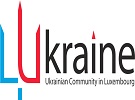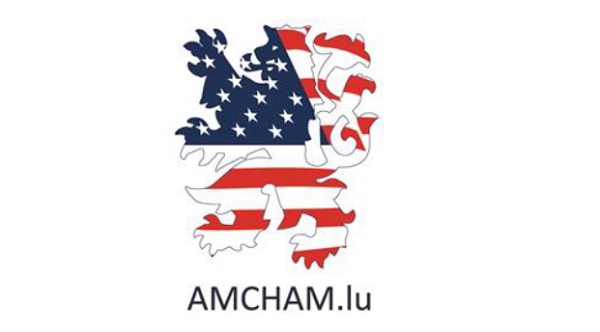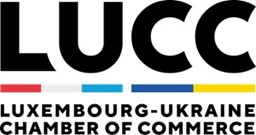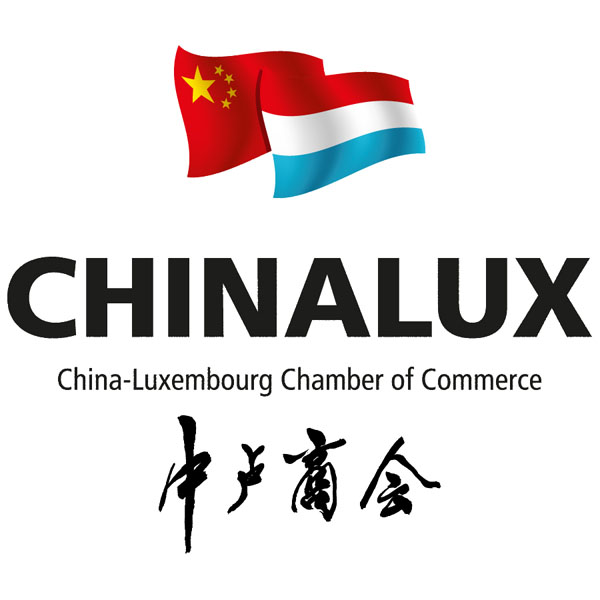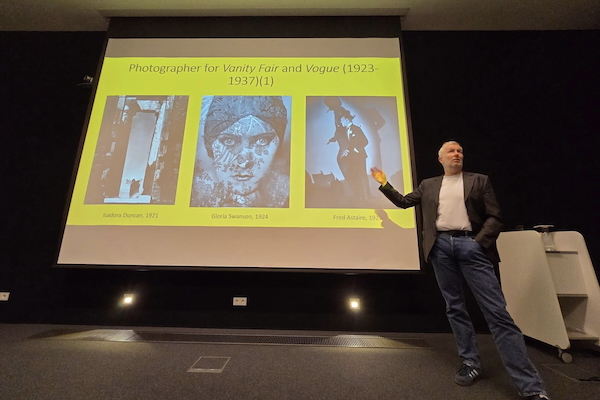 Paul Lesch, curator of the Edward Steichen collections;
Credit: Paul Lesch
Paul Lesch, curator of the Edward Steichen collections;
Credit: Paul Lesch
On the evening of Thursday 27 March 2025, Cercle Cité, in association with the Centre National de l'Audiovisuel (CNA), hosted a lecture by author and director, Paul Lesch, celebrating 70 years of Edward Steichen's "The Family of Man" exhibition.
The first of four lectures dedicated to Luxembourg-born photographer Edward Steichen, "The Family of Man: An Ode to Humanism Celebrating 70 Years" took place in Cercle Cité's Henri Beck Auditorium in Place d'Armes, Luxembourg-Ville. Presented by Paul Lesch, curator of the Edward Steichen collections, as well as a member of the Governance Council of the University of Luxembourg, member of the Grand Ducal Institute (Arts and Letters section) and President of the Board of the Fondation Indépendance, it focused on the work undertaken by Edward Steichen in compiling the exhibition and how it came to reside in Clervaux Castle.
Mr Lesch began with an introduction into the background of Edward Steichen, detailing his move to the US as a young child, his development as a photographer and painter, his enrolment in the US Army during the First World War, where he helped in the development of aerial reconnaissance photography, and his co-founding of the "291" gallery in New York, which showcased artists such as Henri Matisse, Pablo Picasso and Paul Cézanne. As well as being the chief photographer for Vogue and Vanity Fair, Edward Steichen also re-enlisted during the Second World War, to serve as head of naval war photography in the Pacific.
After the conclusion of the war, he led the photography department at The Museum of Modern Art (MoMA, New York), where, in 1955, he established The Family of Man exhibition. The exhibition proved to be a huge success, attracting 270,000 visitors in just 103 days. The exhibition later travelled to 40 countries, including Japan and the USSR, welcoming over nine million people in nearly 150 cities worldwide.
Mr Lesch then went into Edward Steichen's process behind the conception of the exhibition and the events in the photographer's life which influenced its creation. He noted that the photographer's experience of the horrors and futility of war was a major driving force behind the three years he committed to preparing the exhibition.
Photographs for the exhibition were sourced from like-minded photographers from around the world, as well as from magazines, amateur photographers and other image archives. This resulted in an archive estimated to contain around two million photographs, which was eventually reduced to around 10,000. After experiencing dissatisfaction with previous photography exhibitions, Mr Steichen chose to present the final 500 images by displaying them in various sizes and at different heights, with some suspended from the ceiling and others placed on the floor. The images were split into thematic groups designed to tell a particular story about humanity, with many accompanied by quotes from religious and native texts, as well as writings from well-known authors from across the centuries.
During a tour of Europe in 1952, where he met with met with photographers, curators and institutions to gather images for the project, Edward Steichen visited Luxembourg and approached officials about the idea of starting the world tour of the exhibition in Luxembourg. Surprisingly, they declined and he left the country disappointed. Yet, as Mr Lesch went on to explain, the Luxembourg-born photographer met Grand Duchess Charlotte during a state visit to Washington in 1963, where he introduced himself by stating: "I am a Luxembourgish boy." This meeting would mark the beginning of a reconciliation between Mr Steichen and his native country and, at his request, led to the US government's donation of The Family of Man exhibition to Luxembourg in 1964.
The Luxembourg government's decision to permanently house the exhibition at Clervaux Castle promoted much-needed restoration work at the castle. In 1966, Edward Steichen was then honoured in Luxembourg and visited Clervaux, where he reportedly stated that this was the ideal place for the exhibition to reside. Yet it would not be until 1975 that the exhibition would open to the public. The exhibition initially ran until 1989 but only 273 of the 503 photos from the full exhibition were on display. Further restoration work on the castle was then undertaken and the full selection of photos was placed on permanent display from 1994 to the present day.
In closing, Mr Lesch noted that, despite The Family of Man being one of the most successful photography exhibitions of all time, it was not without its critics. Criticisms centred on its apparent portrayal of an idealised society, neglecting to look beyond a western viewpoint and choosing to exclude certain themes and ignoring cultural, ethnic and social differences. However, in recent years, many of these criticisms have been reassessed, with scholars noting that Edward Steichen had chosen to highlight the similarities of man, after the fascist rhetoric of Second World War and the divisiveness of the Cold War which followed. Mr Lesch also noted that the exhibition ultimately celebrated photography as an artistic medium and helped introduce many photographers - emerging and established - to the international stage.
Three additional lectures on Edward Steichen will take place throughout 2025.
Edward Steichen, Master of Celebrity Portraiture
The next lecture in the series will take place in French on Wednesday 21 May 2025. This event will look at Edward Steichen as an artist who established himself as "one of the great portraitists of the 20th century". He created a series of portraits (including self-portraits) between 1898 and 1937. The lecture will "examine the history and aesthetics of his most emblematic portraits as well as lesser-known works". For further details, see https://cerclecite.lu/en/event/edward-steichen-maitre-du-portrait-de-celebrites
Edward Steichen and His Wartime Engagements
Next up is a lecture in English on the artist's wartime engagements, taking place on Thursday 19 June 2025. Edward Steichen served in the US Army during the two world wars and played a key role in military photography. Through photographs and film excerpts, this event will "delve into these pivotal periods of his life". For further details, see https://cerclecite.lu/en/event/edward-steichen-et-son-engagement-pendant-les-guerres
The Little-Known Steichen
This French-language lecture will take place on Thursday 16 October 2025. The lecture will "shed light on the lesser-known aspects of Edward Steichen's life and work", drawing on "a rich collection of illustrations" and exploring the artist's various activities and passions. For further details, see https://cerclecite.lu/en/event/le-steichen-meconnu
The Family of Man exhibition can be viewed at Clervaux Castle. Details can be found at: https://www.visit-clervaux.lu/en/art/the-family-of-man
SM




